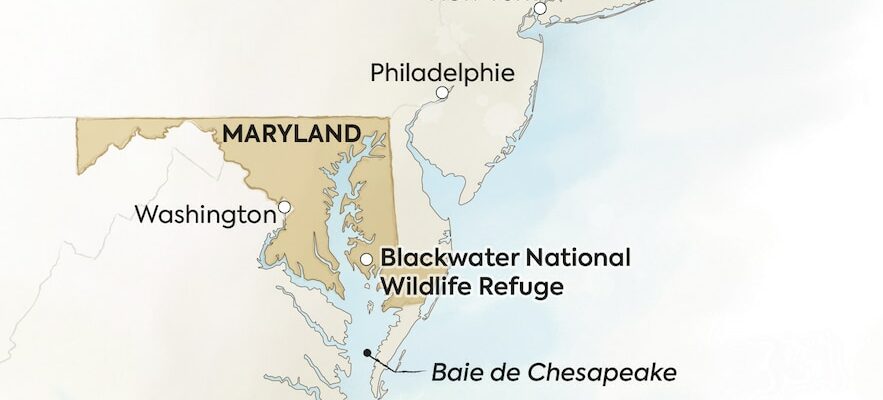As the United States prepares to vote to elect its 47th president, the democratic demand flirts with the climate emergency. On the eastern coast of Maryland, in the eastern United States, a small apocalypse is occurring. A rise in water levels of three millimeters is already having its effects felt, bringing with it ecological, economic and human issues.
Maryland Map
© / Legends Cartography
Three millimeters: this is the sea level rise each year. A seemingly insignificant quantity, but which threatens land and entire villages with slow drowning in the medium term.
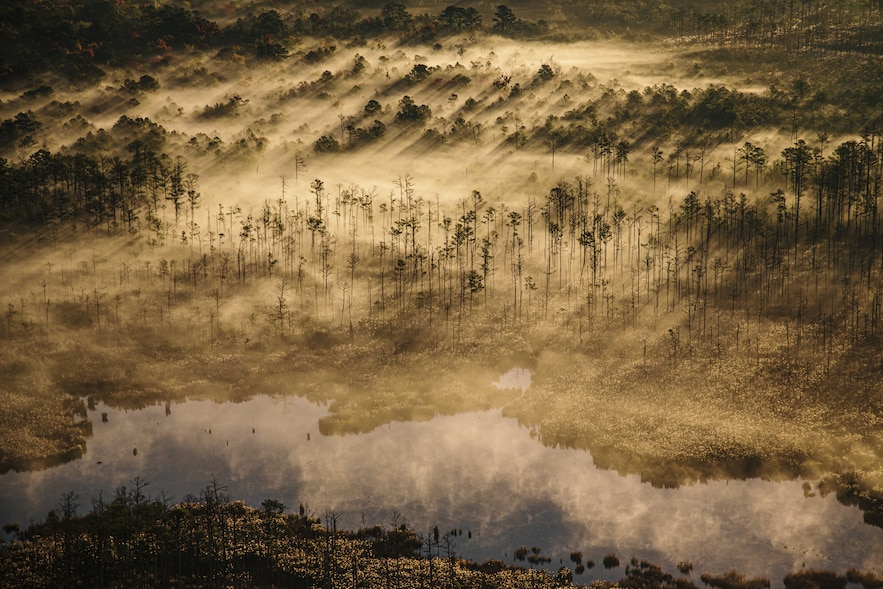
Seawater enters this marsh on Maryland’s eastern shore, killing trees and drowning land in its path.
© / Greg Kahn
It is also the name of this photographic report, produced over ten years by the American Greg Kahn, co-founder of the GRAIN collective. His project “3 Millimeters” explores the silent exhaustion of land, highlighting these transformations. Kahn reveals the impact of rising waters on local communities. Shorelines, once solid, are crumbling, threatening already fragile ecosystems.
“Adapting to the tidal wave”
Coastal infrastructure, vital for trade and tourism, is under severe strain, affecting fishermen, restaurateurs and artisans. “These photographs depict the last gasps of a community forced to adapt to the smallest but most devastating tidal wave,” according to Greg Kahn.
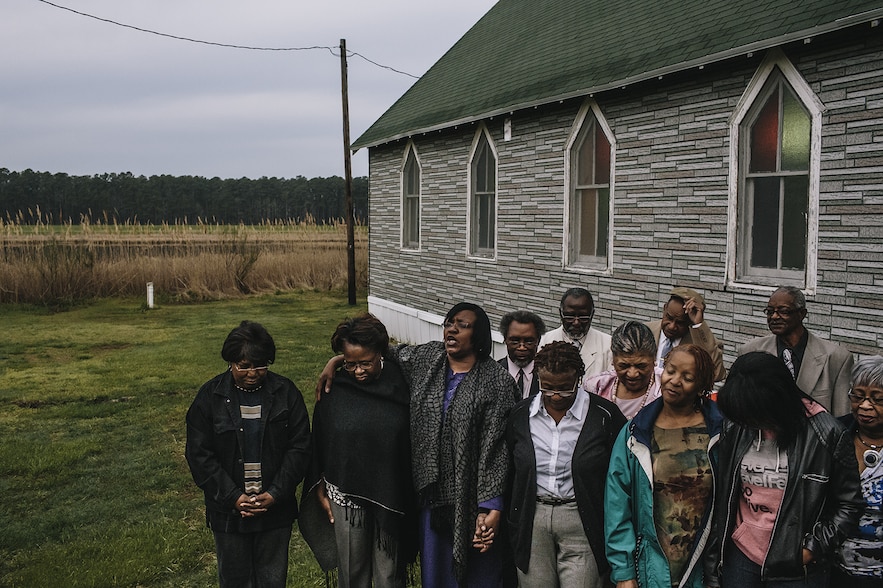
Easter morning, during the sunrise service. The faithful fear for the survival of their church.
© / Greg Kahn

Residents are gradually leaving the area, as evidenced by this abandoned car near Deal Island.
© / Greg Kahn
More than half of Dorchester, one of Maryland’s largest counties, located just an hour and a half drive from Washington, D.C., will be underwater by the end, according to Maryland Geological Survey projections. century, threatening one of the first regions colonized by Europeans in North America.
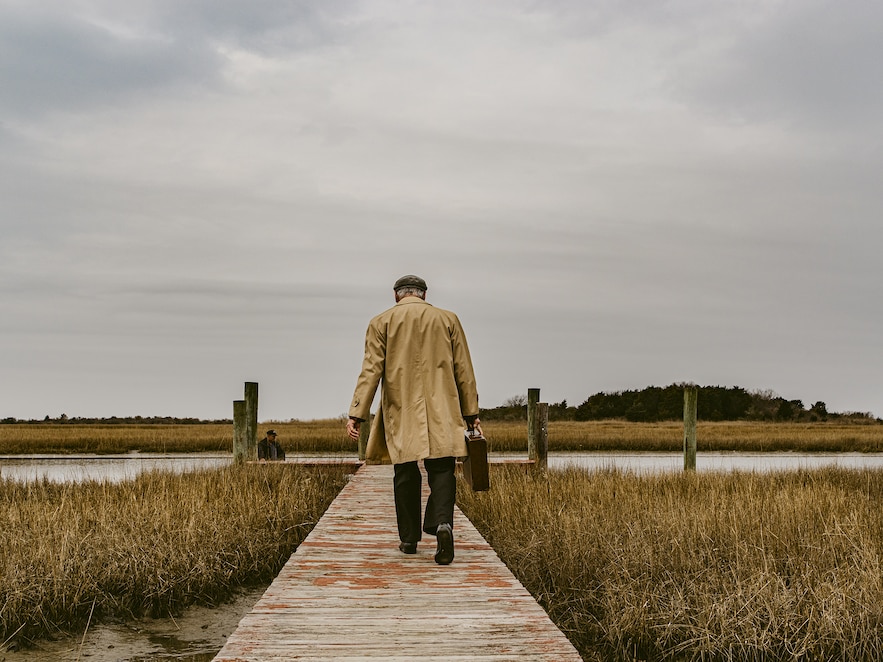
It is by boat that the pastor is preparing to go to Smith Island, less than 200 inhabitants, for his third religious service of the day.
© / Greg Kahn

Rebuild after every storm? In Crisfield, Holly Summers wonders about the future of her house.
© / Greg Kahn
At each high tide, waves hit the back of the church (below).
© / Greg Kahn
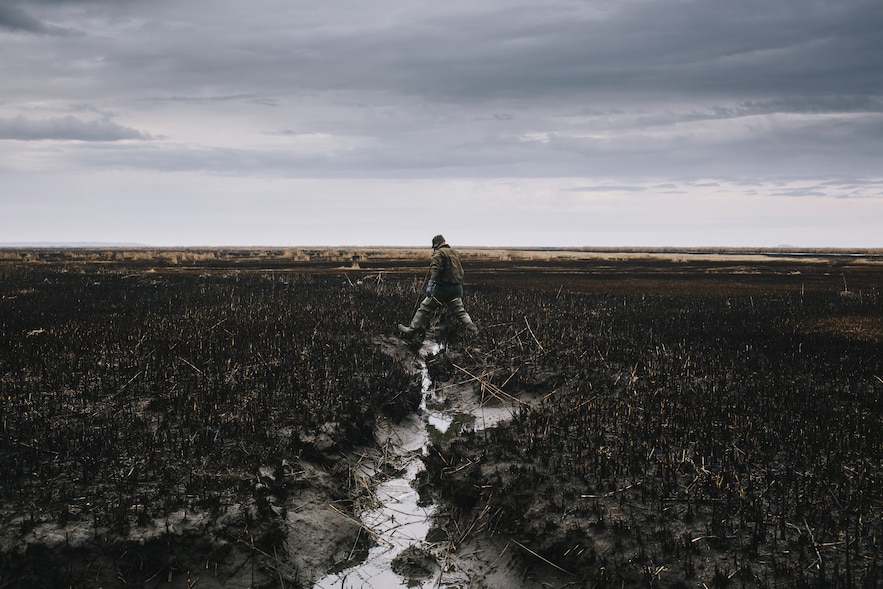
Phil Jackson is a muskrat trapper. An activity threatened by rising water salinity and rising sea levels.
© / Greg Kahn
This natural disaster is far from isolated. Today, 20% of the world’s population lives less than 30 kilometers from the coast and faces marine flooding. A threat that affects the entire world, including the United States.
